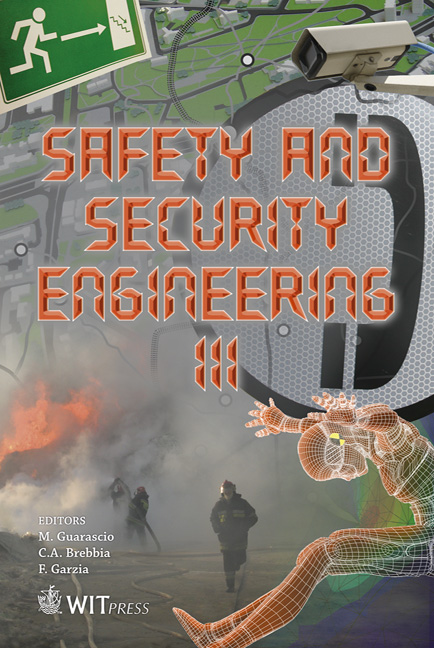Modelling Physical Injury To Vehicle Inhabitants – Test Methodologies And Occupant Survivability Design Requirements
Price
Free (open access)
Transaction
Volume
108
Pages
12
Page Range
353 - 364
Published
2009
Size
977 kb
Paper DOI
10.2495/SAFE090331
Copyright
WIT Press
Author(s)
L. A. Young & T. J. Walilko
Abstract
For thirty-five years the automotive safety community has been collecting event data, performing tests and applying numerical modelling methods with the single objective of reducing injuries and fatalities caused by motor vehicle crashes. These efforts have resulted in countless design modifications that have increased the crashworthiness of automobiles worldwide, reducing fatalities by almost 70% and saving an estimated 1.9 million lives in the United States alone since 1965. As military and civilian armoured vehicle designers seek to improve occupant survivability, they must build upon these life-saving technologies to produce vehicles that are not only \“crashworthy,” but also \“blast-worthy.” This paper describes a methodology for providing quantitative, objective blast-mitigating vehicle design requirements, then offers test methods and injury criteria that can be used to evaluate the effectiveness of a vehicle at satisfying these requirements. Existing anthropomorphic test devices and associated injury criteria are discussed in terms of their applicability in a blast environment, and for high-risk test conditions, ruggedized and more cost-effective alternatives to anthropomorphic test devices are offered. Keywords: vehicle safety, occupant survivability, testing, explosions.
Keywords
vehicle safety, occupant survivability, testing, explosions





